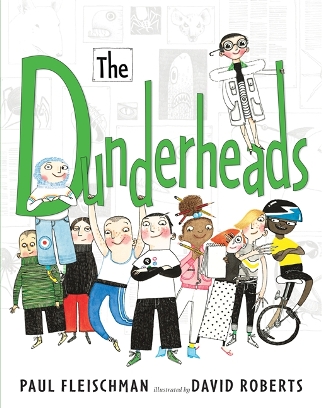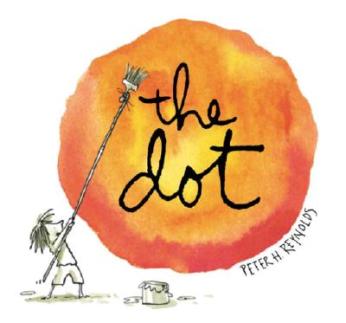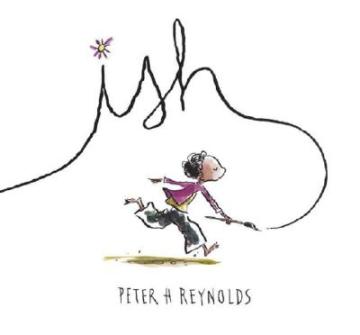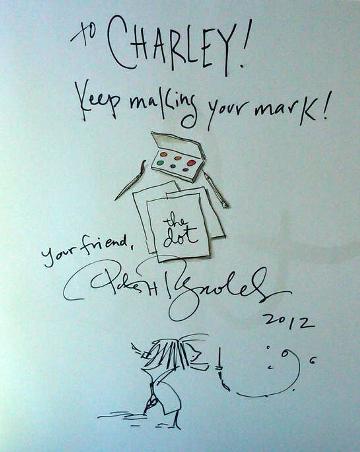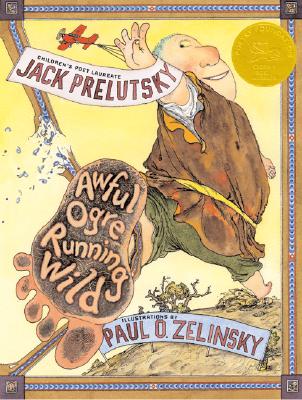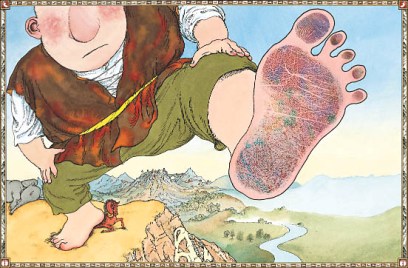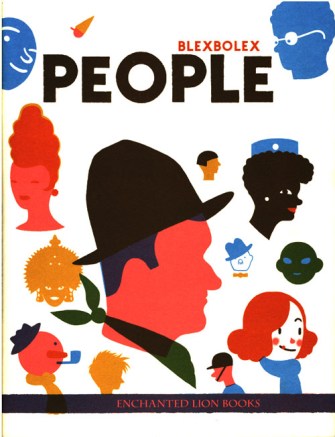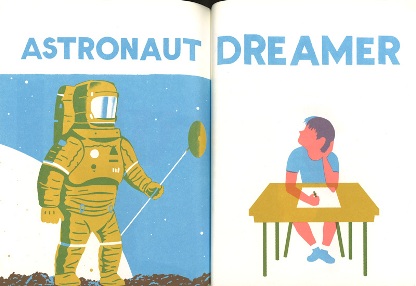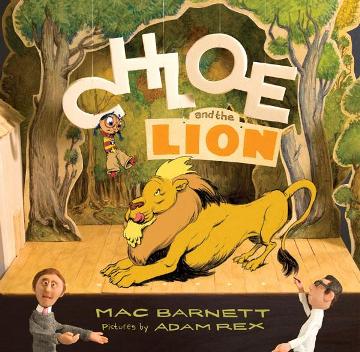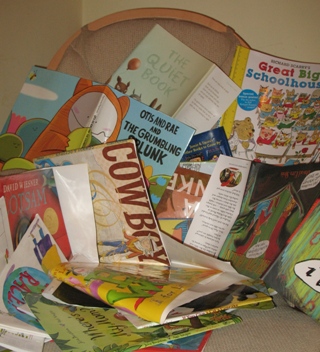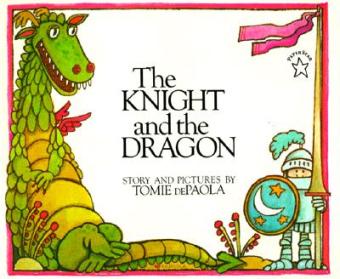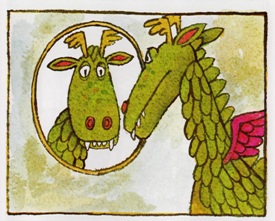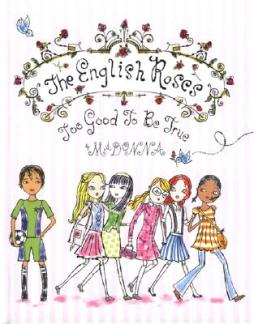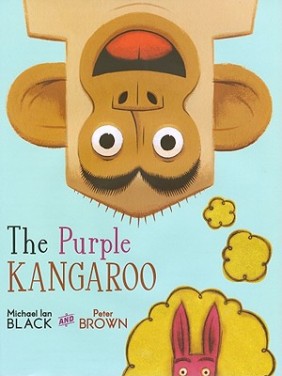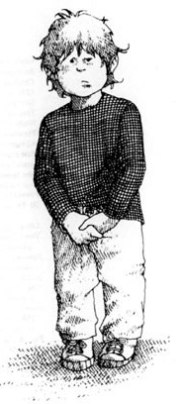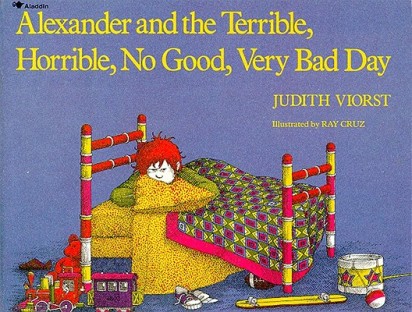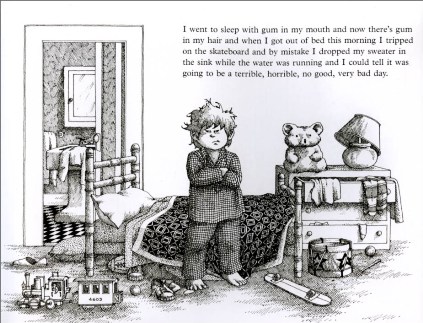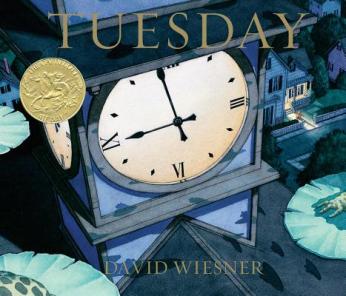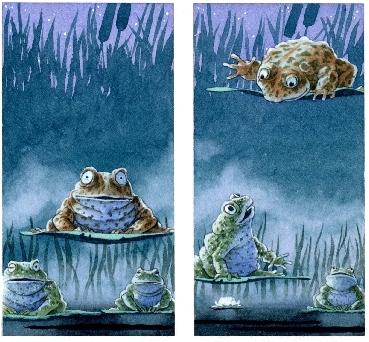We’ve spent a lot of time in the library this summer (insane heat will do that) and, as a result, my list of books that I’m aching to recommend keeps getting bigger and bigger. I literally have a notebook where I write down frantic notes like “Must share this with new dads!” or “Best zoo book ever? Have to tell people!” (I can’t decide if that behavior is enthusiastically earnest or borderline psychotic. I should probably ask my wife.) But the fact that I sometimes decide to write 3,000 words on a certain comic book series I particularly like – thank you again for your patience, dear readers – means that I have a pretty huge backlog of books that I’m anxious to recommend. So, as I prepare to spend a week away at a lovely little cottage by a lake, I wanted to call out three fairly amazing picture books that have been on my radar lately that I think are perfect for any bored early reader looking for something interesting to read this summer.
Quick word of warning – None of these books are recently published titles and at least one of them seems to be out-of-print, so this list isn’t about “hot new reads that just came out for Summer 2012!” These are just three books that happened to fall into our realm of interest recently, largely thanks to our local library and some friendly recommendations.
So, for the next three days, I’ll be sharing one pick per day, starting today with…. The Dunderheads (2009) by Paul Fleischman, illustrated by David Roberts.
The Dunderheads is the picture book equivalent of a really smart, really entertaining, big-budget summer movie. And it’s a wonderful example of an author finding a great way to have some character-driven fun with genre conventions. In the past, I’ve discussed how, before my daughter was born, I was a little obsessed with how I would introduce her to classic fairy tales and folk tales. I was adamant that we had to have copies of all the canonical legends of the past, so I could teach her about all of the big storytelling archetypes, myths, tropes, and idioms that she’d be encountering as a new reader. In my mind, I thought, “How can she know when a picture book is riffing on Cinderella if she hasn’t read Cinderella yet?” While that turned out to be way less of a problem than my fevered “new dad brain” thought it would be, I’ve remained really aware of how my daughter has been introduced to new genres and story types through her reading.
We picked up The Dunderheads at the recommendation of a librarian and, little did I know, that it would serve as my daughter’s introduction to one of my favorite genres of all time – THE HEIST GENRE. That’s right, The Dunderheads is a heist movie for kids in picture book form, and it revels in playing with all of the glorious “heist movie” details, tropes, and quirks that any even casual film fan knows by heart. The Dunderheads was written by Paul Fleischman, a Newbery-winning author and poet, and gloriously illustrated by David Roberts (whom you may remember from Iggy Peck, Architect), and it’s apparent that both creators are having a blast with their “heist caper for kids” adventure. In the jacket copy, the creators of The Dunderheads reference Steven Soderbergh’s Ocean’s Eleven movies and it’s a totally apt comparison. This is a story about a kid putting together a team to right a wrong by stealing something back from a bad guy, and its creative influences seemingly come much more from classic movies (the Ocean’s movies, The Italian Job, The Thomas Crown Affair, The Great Muppet Caper) than classic literature. [read the rest of the post…]
{ 2 comments }
